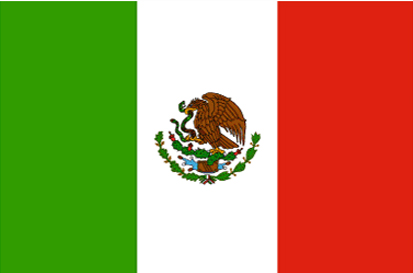The Hayward Gallery's over-ambitious 'Art in Latin America' show.
'ART IN Latin America' goes in search of a coherent tradition in Latin American art but ends by sug-gesting that there is probably no such thing. Virtually everything in it seems the product of cross- fertilisation: foreign styles tailored to fit local circumstance, local artists struggling to assimilate foreign ways of seeing, working in Toltec or Mayan references perhaps, or injecting traces of voodoo.
Limiting itself, modestly, to what its subtitle designates 'The Modern Era, 1820-1980', the exhibition's ostensible subject is the emergence of the new from the old: from Aztec to high-tec in three tight-packed floors of breezeblock South Bank architecture. Biting off more than they can chew, the curators admit that they can't aspire to conclusiveness: this is 'a temporary museum of Latin American art, which offers a nec-essarily selective and partial, rather than comprehensive view.' Which is a diplomatic way of admitting that this is a skimmer's guide rather than an encyclopedia, a Latin primer, a whistlestop tour through the art of half a continent.
First stop is the early nineteenth century, the Age of Revolutions. Virtually every Latin American country had one, and liberators and assorted martyrs to freedom take their places in the roll of honour that is 'Inde-pendence and its Heroes.' They are painted in an odd hybrid of styles, ranging from the quaintly naive to the would-be full-blown neoclassical. The walls of the display have been painted in the red, white and green of the Mexican national flag, complementing the flag-waving mood of the paintings themselves.
Jose Gil de Castro paints The Martyr Olaya as a stiff tailor's dummy, resplendent in a natty white suit against a stage- prop landscape of cardboard boulders, pop-up volcano and two-dimensional clouds, the red banner that...


